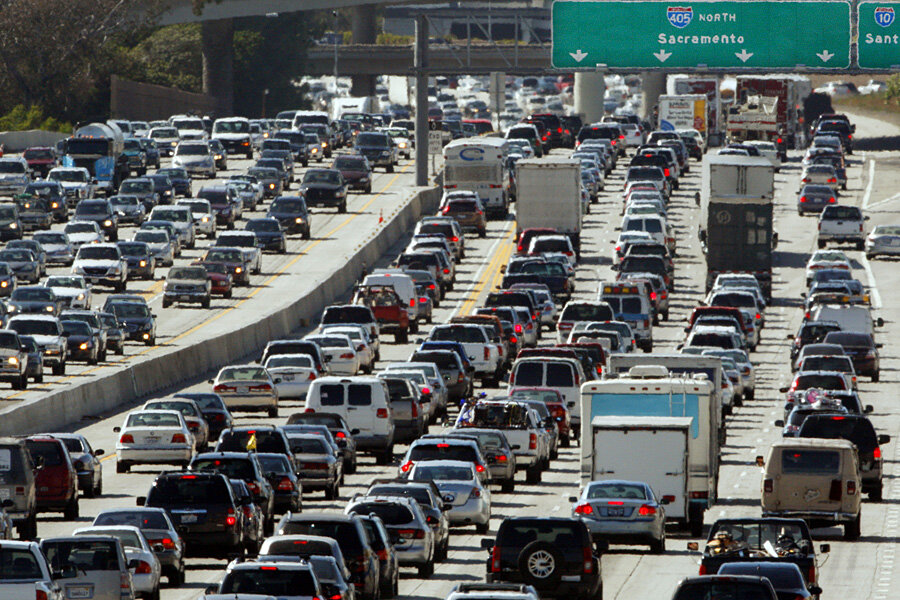Two billion vehicles projected to be on roads by 2035
Loading...
Calculating the total number of motor vehicles on the planet is an inexact science, but the number is growing rapidly.
The automotive trade journal Ward's Auto had estimated that the total crossed 1 billion vehicles sometime during 2010.
Now, an industry analyst has calculated that the total vehicle number is 1.2 billion already.
Start-stop to spread quickly
Navigant Research estimates in a new forecast that light-duty vehicles make up 95 percent of that total, and that the vehicles we drive everyday will shortly cross 1.2 billion themselves.
Total new-vehicle sales were 84 million last year, but Navigant suggests that annual sales could soar to 127 million by 2035--bringing the global vehicle total to 2 billion or more.
As noted by 2B vehicles">Green Car Congress, just 2.5 percent of those will be battery electric, plug-in hybrid, or fuel-cell vehicles--the rest will run on gasoline or diesel fuel--according to the firm.
Another 8 percent will be hybrid-electric or natural-gas powered, and Navigant expects that fully 45 percent of all vehicles in use in 2035 will have start-stop systems fitted.
Rough estimates
The Ward's calculation totaled passenger cars, light-, medium-, and heavy-duty trucks, and buses, but it did not include off-road or heavy construction vehicles.
All such calculations are bound to be rough estimates.
Different countries have different registration and reporting requirements, and a small number of road vehicles may remain unlicensed in any given year.
Then there's the additional impact of off-road vehicles--farm and industrial equipment, all-terrain vehicles, etc.--which may have little or no emission control equipment fitted.
But you don't need to get anywhere near the ninth digit of precision to understand the impact of adding up to 20 percent more vehicles to the planet--when 98 percent of them are powered by gasoline or diesel fuel.
When do we hit 2 billion?
By some estimates, the total number of vehicles worldwide could double to 2.5 billion by 2050.
China still has far fewer vehicles per person than Western countries; it has 1.3 billion of the world's 7 billion residents, but only 100 million or so vehicles.
If ownership in China were to equal the US rate, the country would have 1 billion vehicles all by itself.
The US, by contrast, has maxed out at about 250 million vehicles for its population of 300 million, and that total is expected to grow only incrementally in the future.
Cutting carbon: 80 percent needed
A 2.5-billion vehicle "global car parc" would mean that to keep carbon emissions level with today's total, average fleet fuel efficiency would have to double.
But scientists suggest that it will be necessary to cut average carbon emissions 80 percent if we wish to stabilize the impact of climate change.
And that would require a major proportion of the global fleet to use some other form of propulsion with a far, far lower wells-to-wheels carbon footprint.







